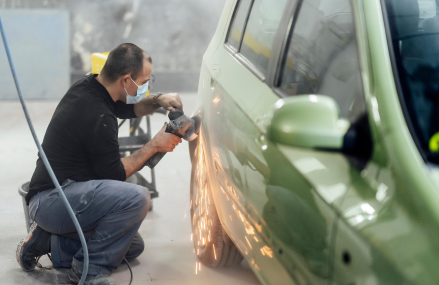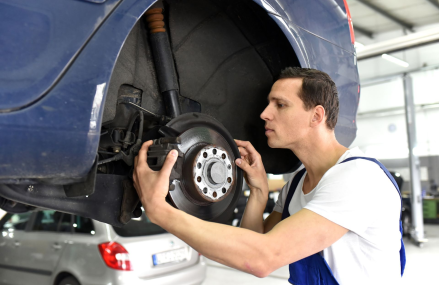When it comes to a good cart, some features stand out. Wheels made from harder materials are easier to maneuver because they have lower rolling resistance (the force required to move the wheels from rest). They are also quieter and transmit less vibration. In addition, wheels for carts that are made from softer materials don’t transmit as much vibration, which can preserve soft floor materials. But before buying a cart, be sure to consider the features of the wheels first.

Less rolling resistance
When buying cartwheels, buyers should choose tires with less rolling resistance. The lower rolling resistance of a tire equates to more fuel efficiency—the higher the rolling resistance, the lower the fuel economy. However, if a tire is old or has poor tread, the rolling resistance will be lower than it should be and is not safe to drive on. Therefore, the desire for less rolling resistance must be balanced with the climate, road conditions, and driving style.
One way to increase fuel efficiency is by choosing smaller-diameter wheels. Smaller diameter wheels have a lower center of gravity and reduce standover height. It is also a good feature for mobile cabinets because smaller wheels allow you to maximize storage space. Large wheels can also drift when navigating flat or slightly sloped surfaces. And if they are heavy, they are hard to stop. Less rolling resistance can also mean lower maintenance costs.
Wider wheels
There are several things to look for in good cartwheels. First, some are wider than others. Choose a pair with wheels that are wider than the cart itself. Make sure that they can handle heavier loads. Also, check the hardness rating. Harder wheels have lower starting resistance and roll easier than softer ones. Wheels with a hardness rating of 12 or higher are more durable. They are compatible with DOT-approved all-terrain tires and will last longer. You may need to install a lift kit for these wheels, but you will save money if you buy a pair of compatible sizes.
High-profile tires
A large number of people prefer using high-profile tires on their cartwheels. Unfortunately, choosing the wrong ones can cost you a lot of money. On the other hand, low-profile tires should last for as long as other tires. Low-profile tires are generally better for paved surfaces but are not recommended for rough terrain. These tires also have little room for shock absorption, so they can break easily when riding on rocky, bumpy roads.
Another difference between low-profile and high-profile tires is the tread pattern. Low-profile tires are better for paved surfaces, such as pavement. Low-profile tires have a smaller tread than high-profile tires, which can hydroplane on a wet road. Low-profile tires are also noisier. They are typically made for a lower aspect ratio and are more durable. They are also better for traction on concrete and other surfaces.
Easy to remove
You might be wondering how to remove cartwheels. Fortunately, the process is quite simple and will require only a few tools and minimal time. To start, you will need to purchase the new wheels, which can cost up to $17 each. After that, you can replace all four wheels at once to save money, or you can remove one at a time. Before beginning, ensure that you have the necessary tools to complete the task, including a wheel wrench, pliers, and gloves.
Maintenance
Proper maintenance of track carts can ensure reliable operation. Proper alignment is important, along with proper belt tension. In addition, oils and lubrication are necessary to ensure smooth operation. The lubrication should be chosen according to the wheel’s application, and the temperature should be within the specified range. In addition, it is important to follow the recommendations of OEM manufacturers. Regular cleaning is also a necessary part of preventative maintenance.
Tires need regular maintenance to remain in good shape. While some tires are relatively low maintenance, others require routine checks. Ensure that your tires are properly inflated since underinflated tires will wear out more quickly and can have structural problems. To check tire pressure, look for factory specifications on the sidewall. Regular checking will extend the life of your tires. If you notice squeaking or other signs of wear, it is time to replace them.



